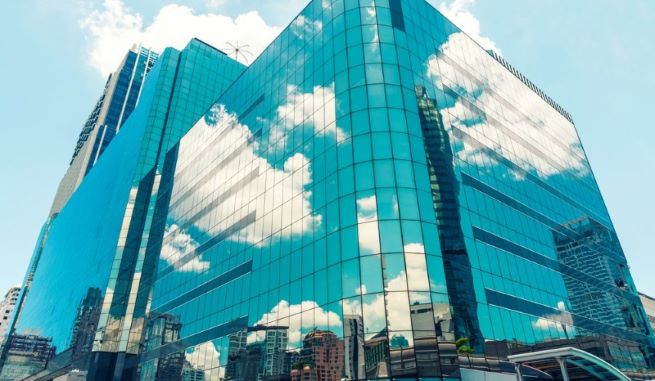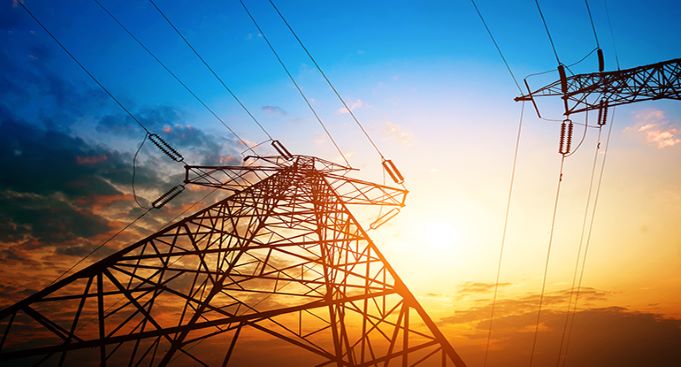A Case for Greener Buildings Sans Glass
 Glass Buildings are a facade
Glass Buildings are a facade
Shiny glass facade buildings have become popular with architects and their clients in India as they provide a view of the city skyline, while letting in ample natural light. But the sunlight also brings heat, and in sealed buildings, there is nowhere for it to escape, much like in the greenhouses.
To avoid this greenhouse effect, air conditioning has been the standard solution. But that is problematic in itself. In architecture, these buildings are famously called ‘Ice Tea Buildings’ which effectively means that we first boil the tea and then cool it with ice.
The same principle is used for such buildings in which their facades are made of glass which absorbs a lot of heat and then to cool, power guzzling air conditioning solutions are installed. So this ‘monstrosity’ is not a result of studies or based on a need, but the need to copy western countries that have much cooler climes. But when it comes to India, this adoption brings a lot of challenges with it.
IamRenew had the opportunity to talk to Gaurav Shorey, founding member of the GRIHA Rating system and a zealous promoter for the cause of sustainability in India. Currently, he is supporting BEE, Government of India, in ‘building for energy conservation’ as an ECBC Master Trainer.
Gaurav says that the “impact of glass is felt at two levels; that is operational energy (that households consume directly) and embodied energy (energy spent in manufacturing an item). Items like steel, cement and glass have the highest embodied energy and today we know that embodied energy relates to the highest carbon emissions. So any material like aluminium, glass, cement etc used in the buildings today has the highest embodied energy today and the highest negative impact on the environment.”
The International Energy Agency estimates that about 40% of global carbon dioxide emissions come from constructing, heating, cooling and demolishing buildings. Air conditioning is a growing proportion of this: energy used on cooling has doubled since 2000 and accounts for about 14% of all energy use now.
He further added that many companies, especially glass companies like Saint Gobain which market their glass as green, are at fault. They have been marketing their products as being less heat absorbent or reflective against the conventional glass. In this process, they add dye to the glass or add films to the glass to make it less heat absorbing.
The solution, however, strips the glass of its recyclability. Laminated glass panels still contribute to the climate crisis because they become much more expensive to make and almost impossible to recycle, i.e. 100% non-recyclable as against conventional glass which can be recycled as many times.
On this conundrum, Shorey said that the best solution is to consider using National Codes for buildings which mandate only 40% coverage of building by the glass facades, like ECBC that gives us a thumb rule for architects to reduce the amount of glass used in the building.
“The best thing to do is to reduce the amount of glass in the building and shade the glass” he adds. “In India, we always had chajjas over our windows, balconies and roshandaans…those not only protect our glass from rain but protect the glass from the heat of the sun.”
He further elaborated that the “first thing to do is avoid facing the sun that means avoid east and west direction facing building construction or the widest area of the building doesn’t face the sun. Secondly, to reduce the amount of window area which is reducing the effective aperture of the building that will also drastically reduce the need for glass as well as reduce the need for cooling just as the old buildings and bungalows were constructed in India.” He termed that these principles are ‘natural response’ to constructing any building in India.
He then talked about the fallacy in our thinking that we can mess around with the climate of the country by thinking that ACs will help but that too comes with a huge cost and generates huge amounts of heat. For which he suggested that we can take the movement of seasonal winds, sun angle and use national building codes that specify these as guidelines for the construction of energy-efficient and well-lit houses.
Touching upon Aesthetics as a grey area, Shorey pointed out that this is the area where all conversation about green buildings gets stuck especially for developers who want appeasing designs. He pressed upon the need for the conversation to steer away from western aesthetics because buildings that work there will not work in India as they come with a lot of maintenance burden.
He pointed that these glass buildings are a burden for water resources too as a lot of water is used to clean the panels which is a two-edged sword. One it uses a lot of water, manpower, and risk of life is involved second the cleaner the building the hotter it gets inside which peaks the electricity needed to cool these shiny monstrosities.
Shorey then quipped that even Britishers followed the Indian context when they designed the buildings in India, unlike the Indian architects who are blindly following the template rather than the principle on which these buildings need to be made.









